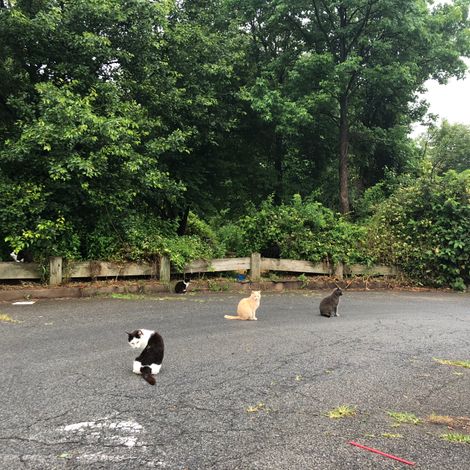A game of cat and mouse



The AwesomeNYC trustees are big fans of science, and big fans of hustle, so we loved talking to Laura Plimpton, a Masters candidate working in the Eco-Epidemiology Lab at Columbia University. We love that her research centers on the understudied urban wildlife of New York City, but will have very real impact on every day New Yorkers - specifically the recent spread of ticks (and the diseases they carry) into the urban environment.
It is our hope that by helping to fund this research, Laura will both be able to help raise awareness of the impact of ticks in the city, while showing that you don't ever have to leave this town to get out and study nature.
In her own words:
As someone who grew up in NYC, finding opportunities to not only be in nature but also make a career out of it are difficult to come by, and projects like these help give budding urban ecologists the experience they need to create a career out of their love for wildlife!
From Tom and Jerry to Puss in Boots, many have been fascinated by the relationship between cats and mice.
But beyond cartoons, this predator-prey relationship has large implications on infectious disease risks for human populations. Lyme disease transmission depends on the interaction between blacklegged ticks and a number of wildlife hosts, most notably, the white-footed mouse. Previous studies have speculated the benefit that predators of white-footed mice and other hosts, such as deer, might have through lowering the prevalence of the disease by reducing the number of hosts carrying tick vectors or the pathogen itself.
However, in the northeastern United States where Lyme disease is extremely prevalent but predators of hosts are scarce, the hypothesis remains difficult to test. With the recent expansion of Lyme disease into urban areas, such as Staten Island, New York City, and an estimated population of 500,000 feral cat predators across New York City, urban parks offer an ideal system to test the predator hypothesis.
This project examines the impact of New York City’s feral cat population on the Lyme disease system as a predator of the main host of the disease, the white-footed mouse. We aim to determine if cats eat white-footed mice and if their presence in urban parks alters the movement of mice and the likelihood of a mouse encountering a tick, both of which may have implications for urban Lyme disease prevalence.
In short, it asks the age-old question, will a cat keep the mice at bay?